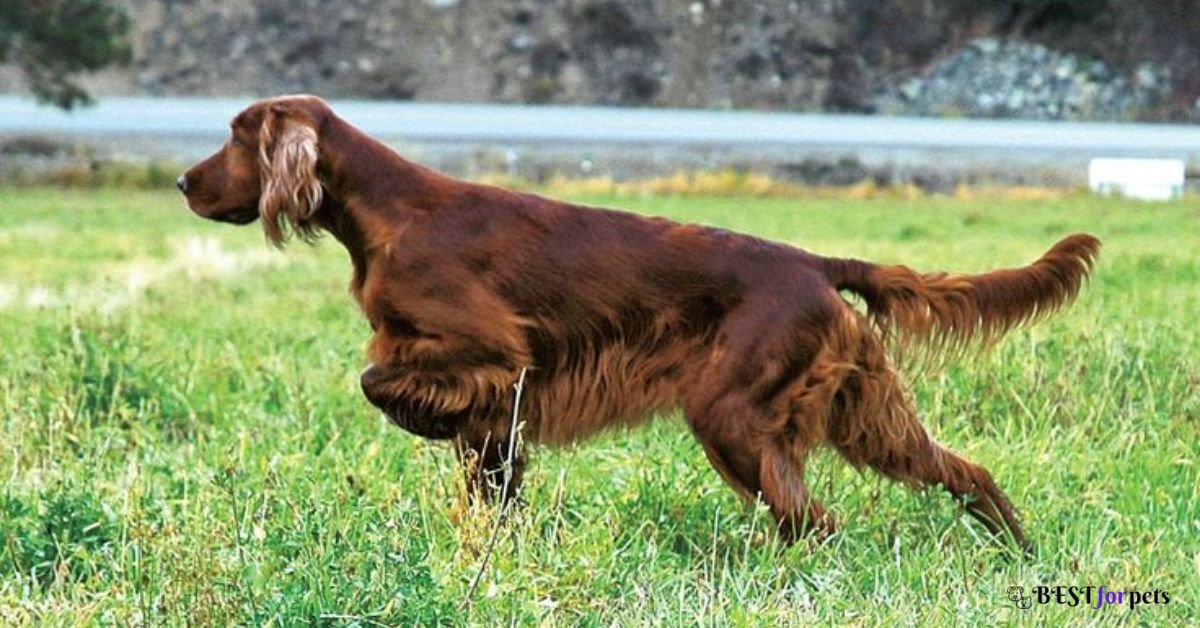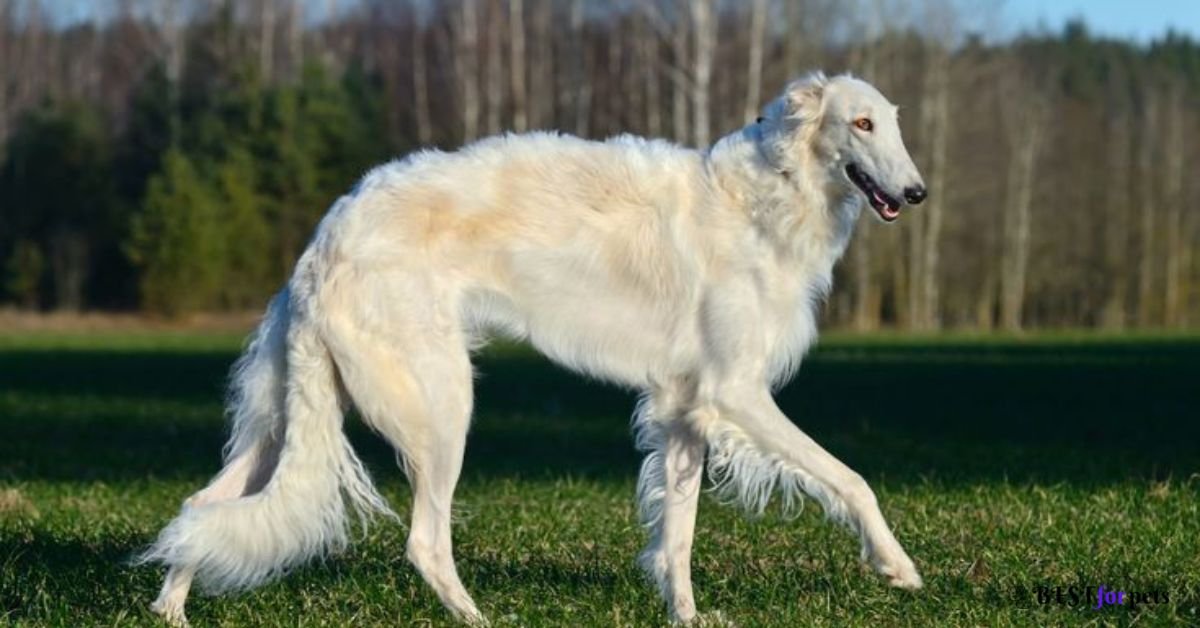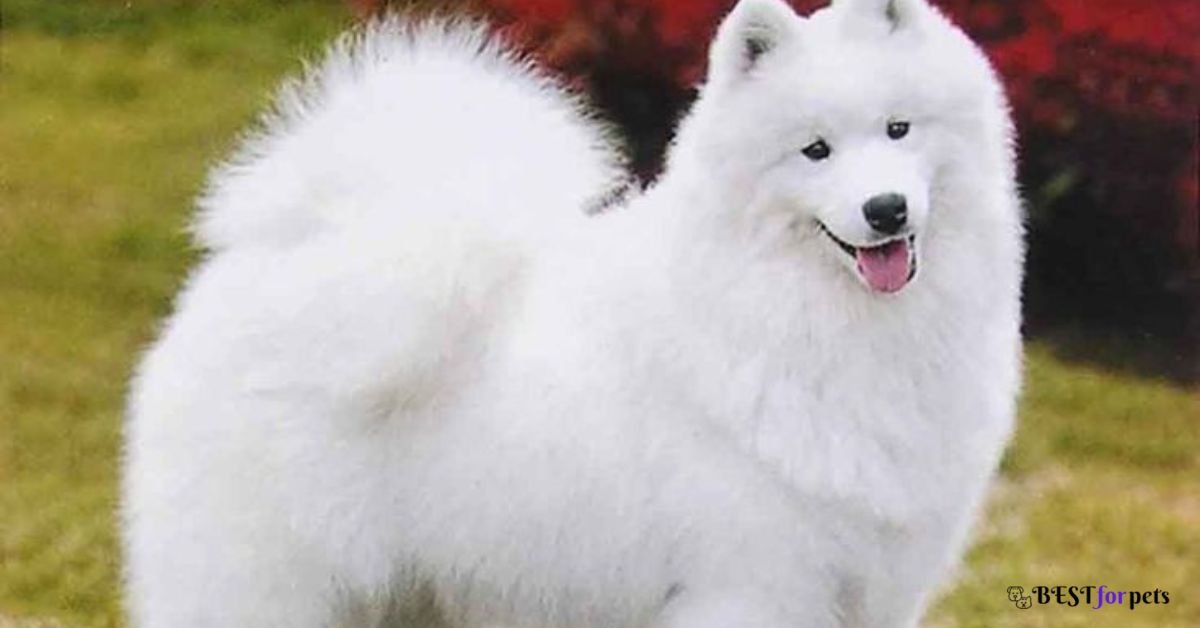10 Dog Breeds With Long Tails
1. Afghan Hound
The Afghan Hound is a breed that epitomizes elegance and grace. With its long, flowing coat and a tail that seems to dance behind it, the Afghan Hound is a sight to behold. Originating from the mountainous regions of Afghanistan, this breed was historically used for hunting large game, thanks to its incredible speed and agility.
The Afghan Hound’s tail is a true work of art, draped in silky, flowing hair that catches the light as the dog moves. It adds to the breed’s allure and uniqueness. Despite its glamorous appearance, the Afghan Hound is a capable and independent hunter at heart.

As a companion, the Afghan Hound is known for its regal demeanor and reserved nature. While they can be aloof with strangers, they are deeply devoted to their families. Their long tail, which is often carried low when at rest, but held high in motion, is a visual representation of their active and spirited personality.

2. Saluki
The Saluki, often referred to as the “Royal Dog of Egypt,” boasts a slender and athletic build, perfectly complemented by its long, curved tail. Known as one of the oldest dog breeds, Salukis have a storied history as skilled hunters and cherished companions.
The tail of the Saluki is an extension of its graceful movement and elegance. Whether coursing through the desert or lounging at home, the tail adds to the breed’s overall aesthetic. Salukis have a calm and dignified disposition, making them well-suited for families seeking a loyal and gentle companion.
As a sighthound, the Saluki’s tail plays a role in its agility and balance, aiding in swift turns and precise movements. Whether racing across open fields or relaxing in the sun, the Saluki’s long tail is a testament to its heritage and the enduring bond between humans and dogs.
3. Siberian Husky
The Siberian Husky, with its striking appearance and captivating blue eyes, is a breed that thrives in cold climates. Its long, bushy tail serves both practical and aesthetic purposes, adding to its allure as a beloved companion.
The Siberian Husky’s tail is often carried in a graceful curve over its back, contributing to its distinctive silhouette. This feature is not only visually appealing but also helps protect the dog’s nose and face from harsh winds and icy conditions.
Bred as sled dogs by the Chukchi people of Siberia, these dogs are known for their endurance and strong work ethic. Their long tails, which can be a canvas of various colors, are a reflection of their vibrant personalities and unwavering spirit. Whether playfully wagging during a game or held high as they confidently pull a sled, the Siberian Husky’s tail is a testament to its resilience and versatility.


4. Irish Setter
The Irish Setter, known for its fiery red coat and boundless energy, possesses a tail that’s as exuberant as its personality. This breed’s long, feathered tail adds to its striking appearance and serves as a visual extension of its spirited nature.
With origins in Ireland, Irish Setters were bred as hunting dogs, known for their keen sense of smell and enthusiasm in the field. Their tails, often carried high and wagging enthusiastically, are a reflection of their lively disposition. Whether they’re chasing scents or playing fetch, the Irish Setter’s tail is always in motion, showcasing their boundless joy and zest for life.
As beloved companions, Irish Setters are known for their affectionate nature and love for their families. Their long tails, which seem to have a personality of their own, add to their charm and endearment. Whether they’re frolicking outdoors or curling up for a cuddle indoors, the Irish Setter’s tail is a constant reminder of their vibrant spirit and unwavering devotion.
5. Borzoi
The Borzoi, often referred to as the Russian Wolfhound, is a breed of striking beauty, and its long, narrow tail is an integral part of its elegant appearance. Bred for hunting wolves and other game in Russia, the Borzoi’s tail reflects its history and purpose.
The Borzoi’s tail is slender and graceful, held low when at rest and often curving slightly upwards in motion. It’s a harmonious continuation of the breed’s slender build, contributing to its overall sleek and regal silhouette. These dogs are known for their gentle and calm demeanor, making them cherished companions.

Despite their aristocratic appearance, Borzois have a playful side, especially when interacting with their families. Their tails, which seem to have a mind of their own as they wag with delight, are a testament to their affectionate nature. Whether at home or in the show ring, the Borzoi’s tail adds a touch of refinement to this majestic breed.

6. Shetland Sheepdog
The Shetland Sheepdog, affectionately known as the Sheltie, is a breed known for its intelligence, agility, and remarkable herding abilities. Its long, feathery tail is not only a delightful adornment but also an asset in maintaining balance and agility.
Shelties were originally bred to herd livestock in the Shetland Islands, and their tails are a reflection of their active lifestyle and quick reflexes. Their tails, often carried low when at rest and raised in alertness during activity, contribute to their ability to make sharp turns and sudden movements when herding.
7. Samoyed
The Samoyed, often referred to as the “smiling Sammie,” is a breed known for its friendly demeanor and luxurious white coat. Its long, plumed tail is a delightful extension of its joyful personality, often curling over its back like a fluffy flag of happiness.
Originally bred by the Samoyedic people of Siberia, these dogs served as versatile working companions, assisting with herding, pulling sleds, and providing warmth to their owners. Their tails, which were used to cover their noses during harsh weather, are a testament to their adaptability and resourcefulness.

The Samoyed’s tail is a visual representation of its boundless energy and eagerness to engage with its family. Whether it’s wagging excitedly during playtime or gently resting when the dog is at ease, the tail’s expressive movements mirror the breed’s affectionate and sociable nature. The Samoyed’s tail adds to its overall charm, capturing the hearts of dog enthusiasts worldwide.

8. English Setter
The English Setter is a graceful and elegant breed known for its distinctive coat patterns and, of course, its long, feathered tail. Bred as a versatile hunting dog, the English Setter’s tail adds to its balance and agility in the field.
English Setters are characterized by their beautiful coat, which often features a combination of speckles and patches. Their long tails, carried proudly and gently wagging, are an integral part of their appearance. Whether they’re out in the field or at home, their tails reflect their joyful and amiable nature.
These dogs are not only skilled hunters but also affectionate companions. English Setters are known for their friendly disposition and their ability to get along with children and other pets. Their tails, which can express excitement, curiosity, and contentment, are a testament to their sociable and affectionate personalities.
9. Alaskan Malamute
The Alaskan Malamute, often mistaken for its cousin, the Siberian Husky, is a powerful and sturdy breed known for its impressive size and strength. Originating from the harsh Arctic regions, these dogs were bred to haul heavy sled loads and assist in various tasks essential for human survival in challenging environments.
With a thick double coat and a bushy tail that curls over its back, the Alaskan Malamute is perfectly equipped to withstand frigid temperatures. Their tails serve as a warm and protective blanket when they curl up to sleep in the snow.

Despite their imposing appearance, Alaskan Malamutes are friendly and affectionate with their families. They have a playful and sociable nature, making them great companions for active households. Their long tails, which wag enthusiastically during playtime, add to their charm and charisma.

10. Golden Retriever
The Golden Retriever is one of the most popular dog breeds worldwide, beloved for its friendly demeanor, intelligence, and loyalty. With its iconic golden coat and a long, feathery tail that wags with joy, the Golden Retriever is an embodiment of the ideal family companion.
Originally bred as hunting dogs, Golden Retrievers are known for their gentle mouths and remarkable ability to retrieve game without causing damage. Their long tails, often wagging gently as they interact with their loved ones, reflect their enthusiastic and loving nature.
Golden Retrievers thrive in family environments, forming strong bonds with children and adults alike. Their tails, which are an extension of their expressive personalities, mirror their excitement during play, their attentiveness during training, and their unwavering devotion to their human companions. Whether they’re working as service dogs, participating in dog sports, or simply enjoying quality time at home, the Golden Retriever’s tail is a heartwarming symbol of their deep connection with people.
Frequently Asked Questions
Are Samoyeds good family dogs?
Yes, Samoyeds are known for being good family dogs. They are friendly, affectionate, and gentle with children, making them great companions for families. However, it’s important to note that Samoyeds have high energy levels and require regular exercise and mental stimulation to thrive in a family environment.
Do Afghan Shepherds make good guard dogs?
Yes, Afghan Shepherds make excellent guard dogs due to their protective nature and loyalty. They are known for their vigilance and ability to alert their owners to potential threats. However, proper training and socialization are important to ensure that their guarding instincts are well-balanced and directed in a positive manner.
Do Salukis get along well with other pets?
Salukis are generally sociable dogs that can get along well with other pets, including other dogs. However, their strong prey drive may make them inclined to chase smaller animals, such as cats, due to their history as sighthounds bred for hunting. Early socialization and training can help mitigate potential issues.
Are Siberian Huskies good for first-time dog owners?
Siberian Huskies can be challenging for first-time dog owners due to their strong-willed nature and high energy levels. They have a strong instinct to roam and may exhibit stubborn behavior. Proper training, socialization, and a commitment to regular exercise are essential for successfully owning a Siberian Husky.
Do Irish Setters require a lot of grooming?
Yes, Irish Setters have a long, silky coat that requires regular grooming to keep it looking its best. They are prone to tangling and matting, so regular brushing is important to prevent these issues. Additionally, their feathered tail and chest area may require extra attention to maintain their coat’s health and appearance.

